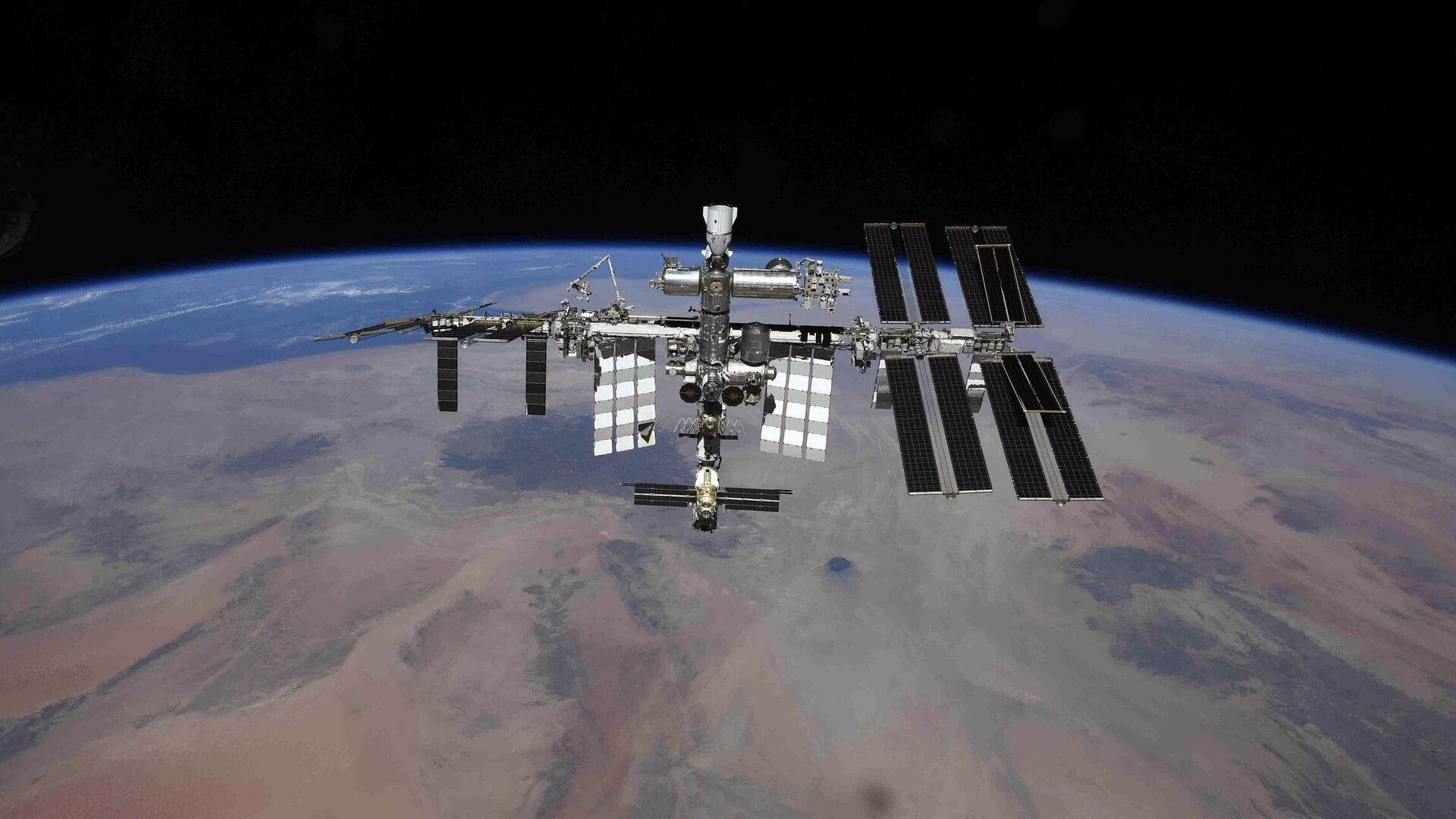
< br />
MOSCOW, November 20. Roscosmos has published statistics on the flights of various spacecraft and spacewalks by cosmonauts and astronauts performed over the 25 years of the existence of the International Space Station .
Twenty-five years ago, on November 20, 1998, the Proton-K rocket launched the Zarya functional cargo block (FGB) created in Russia from the Baikonur Cosmodrome into orbit — the first module of the ISS. On December 7, it was docked to the US-made Unity node module, delivered into space by the Endeavor shuttle (mission STS-88).
Ships and people
«The station was visited by 273 people from 21 countries: 59 Russians, 165 Americans, 11 Japanese, nine Canadians, five Italians, four French and Germans each, two citizens of Saudi Arabia and the United Arab Emirates, one citizen of Spain each , South Africa, Belgium, the Netherlands, Brazil, Sweden, Malaysia, South Korea, Denmark, Kazakhstan, Great Britain and Israel,” the message says.
It is noted that the most Russians who flew to the ISS were Yuri Malenchenko, Fyodor Yurchikhin and Oleg Kononenko — five times each. The record holders for flight duration were Russians Sergei Prokopyev and Dmitry Petelin, and American Francisco Rubio; they spent 370 days 21 hours 22 minutes 16 seconds on board (from launch on September 21, 2022 to landing on September 27, 2023).
In total, during the construction and operation of the ISS, 275 launches were carried out, Roscosmos emphasized. 115 manned spacecraft were launched to it — 68 Russian Soyuz, 37 American shuttles and 10 Crew Dragon (also USA). In unmanned mode, the Soyuz spacecraft flew to the station twice, the Crew Dragon once, and another American spacecraft, the Starliner, also twice.
In addition, over a quarter of a century, 152 cargo ships arrived at the ISS: 88 Russian Progress, 30 American Dragon, 20 American Cygnus, five European ATVs and nine Japanese HTVs. Three modules of the station — «Zarya», «Zvezda» and «Science» — arrived at the station independently. The rest were delivered as payloads on either American Shuttles or Russian Progress.
Operations in space
Cosmonauts and astronauts have exited the ISS into outer space 269 times. 198 exits were carried out in American spacesuits and 71 in Russian ones. 38 Russians, 97 Americans, four citizens each of Canada, Japan and Germany, two French and Italians, and one citizen each of Sweden, Great Britain and the United Arab Emirates worked on the outer surface of the station.
“The Americans Michael Lopez-Alegria, Peggy Whitson, Robert Behnken, Stephen Bowen and Christopher Cassidy made the most exits from the station — 10 each. In total, Michael Lopez-Alegria spent the longest time aboard the ISS — 67 hours 40 minutes. The longest exit from the station carried out in American spacesuits on March 11, 2001 by Americans James Voss and Susan Helms, lasting 8 hours 56 minutes,” Roscosmos said.
Various spacecraft docked to the ISS or were redocked from one module to another 337 times — 190 on the Russian segment and 147 on the American segment. The station's orbit was corrected 195 times by Progress spacecraft, 53 times by American Shuttles, 40 times by the Zvezda Service Module (SM) engines, 39 times by ATV spacecraft, 17 times by FGB Zarya engines, and five times by trucks Cygnus.
The ISS has never been uninhabited since November 2, 2000, when the first long-term mission began. In total, 15 countries are participating in the project — Russia, USA, Japan, Canada, Belgium, Great Britain, Germany, Denmark, Spain, Italy, the Netherlands, Norway, France, Switzerland and Sweden.
The station is divided into Russian and American segments. The Russian segment includes Zarya, SM Zvezda, small research modules Poisk and Rassvet, multi-purpose laboratory module Nauka and hub module Prichal. The American one includes the Unity, Harmony and Tranquility node modules, the Destiny and Columbus laboratory modules, the Quest airlock compartment and the BEAM inflatable module, as well as the Japanese Kibo experimental module and the European Cupola survey module and the Leonardo multi-purpose module.

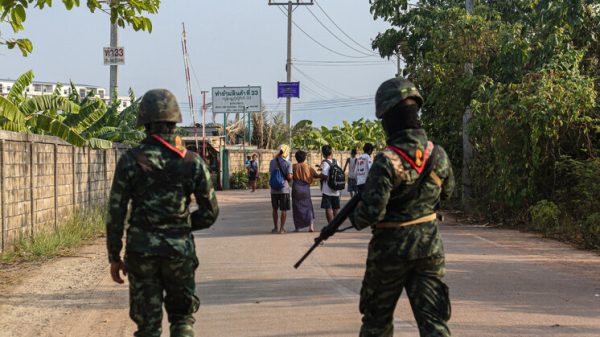






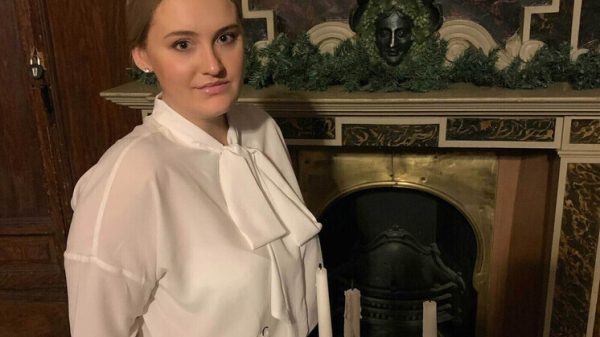
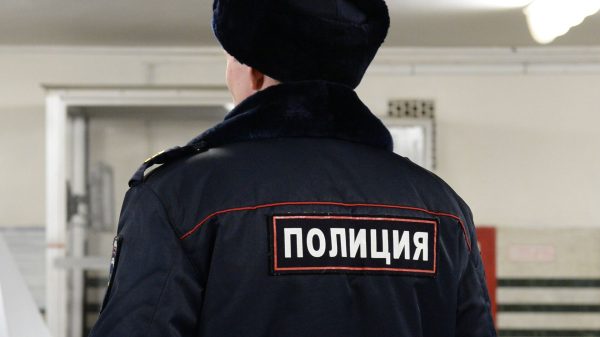
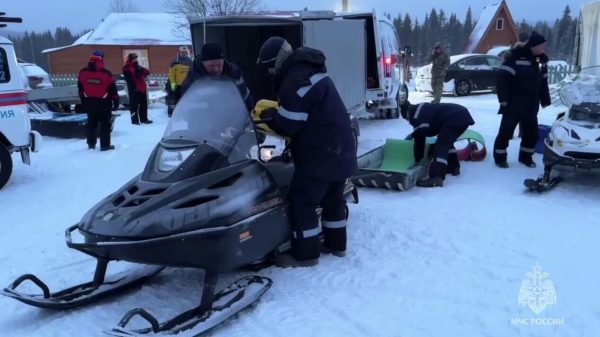



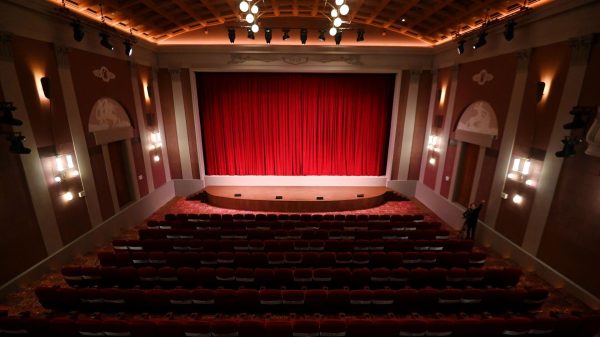
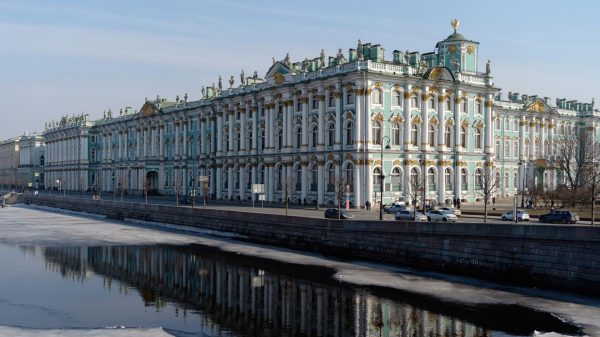

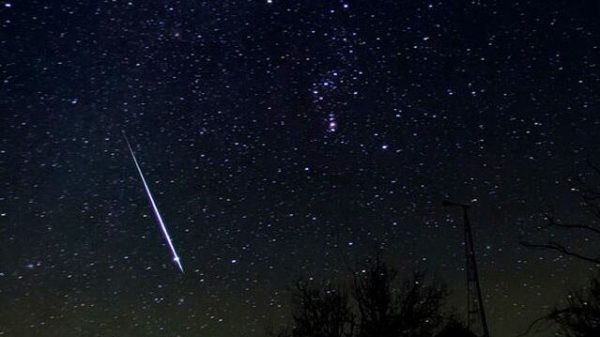
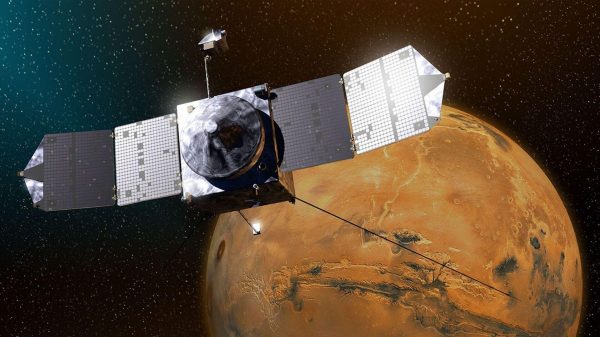

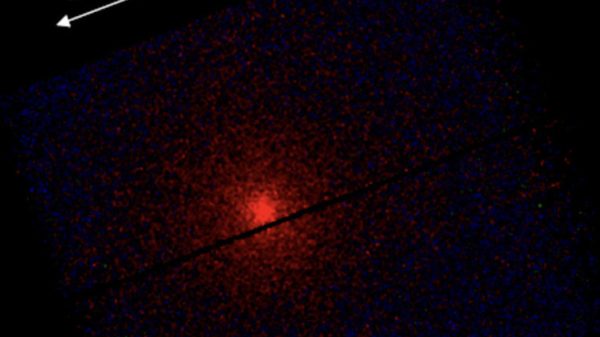






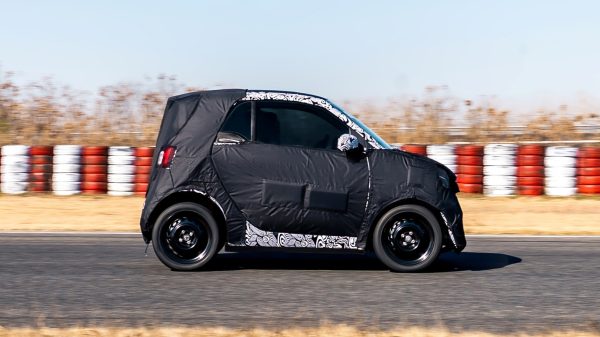







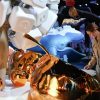













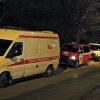
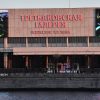



Свежие комментарии